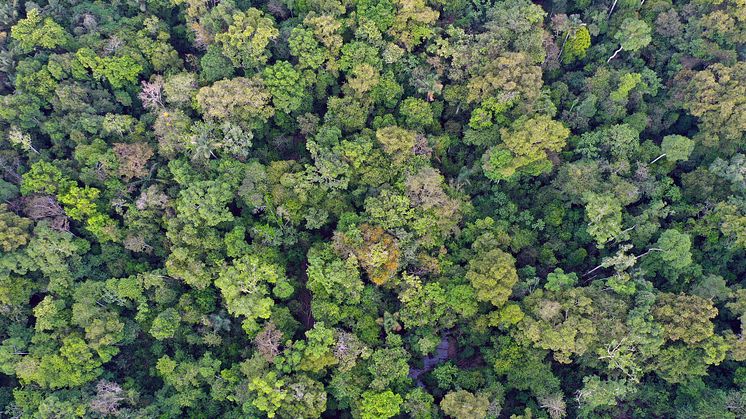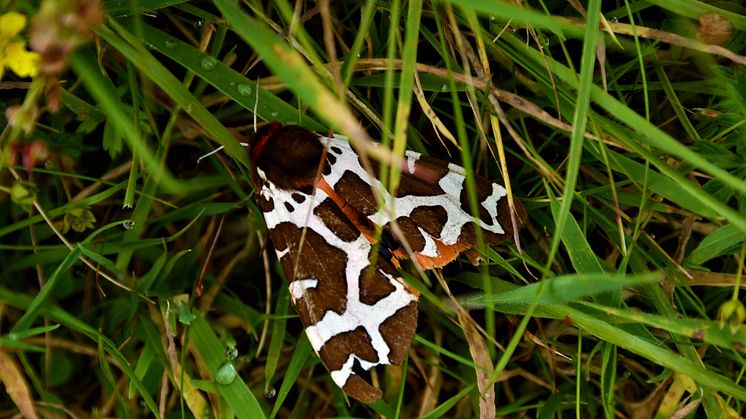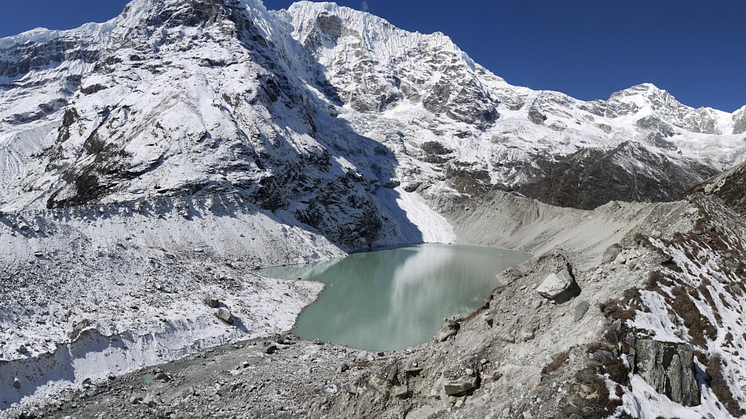
Press release -
Research shows the current diversity of tree species has been shaped by climate change over the last 21,000 years
A new global survey of 1,000 forest areas shows how past climate change has had a major impact on the diversity and distribution of the tree species we see today. The results can help to predict how ecosystems will react to future changes, helping to shape conservation management around the globe.
A research team led by Aarhus University in Denmark, in collaboration with researchers from more than 50 research institutes around the world including Northumbria University, has assessed how past climate changes have affected how the composition of tree species in one area differs from the composition of neighbouring areas on six continents.
The researchers including Dr Matthew Pound, an Associate Professor in Northumbria’s department of Geography and Environmental Sciences, examined the beta diversity – a measure of the variation of species between different habitats or areas.
They found that the global pattern of beta diversity in terms of tree species, species characteristics and evolutionary history was closely linked to temperature changes since the peak of the last Ice Age, which was about 21,000 years ago. The findings also show that the effects of historical climate variations on the beta diversity were stronger than the effects of current climatic conditions.
The researchers involved focused their studies on the angiosperm tree species – species which produce seeds that are covered with a protective layer like a seed shell. Angiosperms make up about 80 per cent of all plant species, and some of the most common angiosperm tree species are oak, beech, birch, maple, linden, maple, willow, palm, and eucalyptus.
Data sets stored in five openly shared databases of tree species and their distributions was combined as part of the study, with information on the evolutionary history or phylogenetic relations between species, and their adaptations or ecomorphological attributes.
Researchers then divided the effects of ancient climate change on different habitats into two components, each with its own technical term:
- Turnover or changes due to species replacement: If one species goes extinct in a habitat, another species comes in and fills its ecological role. It turns out that the greater the temperature changes an area has experienced since the Ice Age, the less replacement has occurred in that area.
- Nestedness: In beta diversity, this term describes a pattern in which the composition of species in a diverse habitat is a subset of the species composition in a different and less diverse one. Therefore, the more diverse habitat contains all the species found in the less diverse one, plus additional species. Habitats with nested species compositions may have lower overall biodiversity, but may contain species not found in other habitats, making them essential for preserving overall biodiversity. And the greater the temperature changes an area has experienced, the more nestedness has occurred. As a result, climate fluctuations have wiped out local species that have not been replaced.
The study found that the influence of the two components shifted from the equator to the poles.
In tropical areas, turnover or species replacement was the most important factor in determining changes in species composition between localities, due to rapid species change.
In temperate regions, nestedness was the primary mechanism for determining changes in species composition, because the species richness declines in areas closer to the poles.
Dr Pound, one of the co-authors of a research paper published in the international academic journal, Science Advances, explained: “The purpose of the study is to provide ecological scientists with a tool to help solve the major challenge of understanding how ongoing and near-future climate change reshapes the distribution of biodiversity and ecosystem functions. The fossil record provides a wonderful natural laboratory of climate change to help achieve this.”
The study's lead author, Wubing Xu, who initiated the research at Aarhus University and is now at the German Center for Integrative Biodiversity Research(iDiv), said: "Because the Earth's climate has changed enormously through geological time, exploring the effects of past climate change on current biodiversity provides an opportunity to understand the risks emerging from ongoing and future human-induced climate change.”
The researchers said the study also provides a new understanding of the challenges to ecosystem protection.
Assistant Professor Alejandro Ordonez from Aarhus University, a senior author of the study, added: "I hope these findings can aid the development of conservation and management plans that consider the long-term and diverse impacts of climate change on all biodiversity dimensions.”
Discover more here about studying Geography and Environmental Sciences at Northumbria University.
Topics
Categories
UNIVERSITY OF THE YEAR 2022 (Times Higher Education Awards)
Northumbria is a research-intensive university that unlocks potential for all, changing lives regionally, nationally and internationally. Find out more about us at www.northumbria.ac.uk
--- Please contact media.communications@northumbria.ac.uk with any media enquiries or interview requests ---











